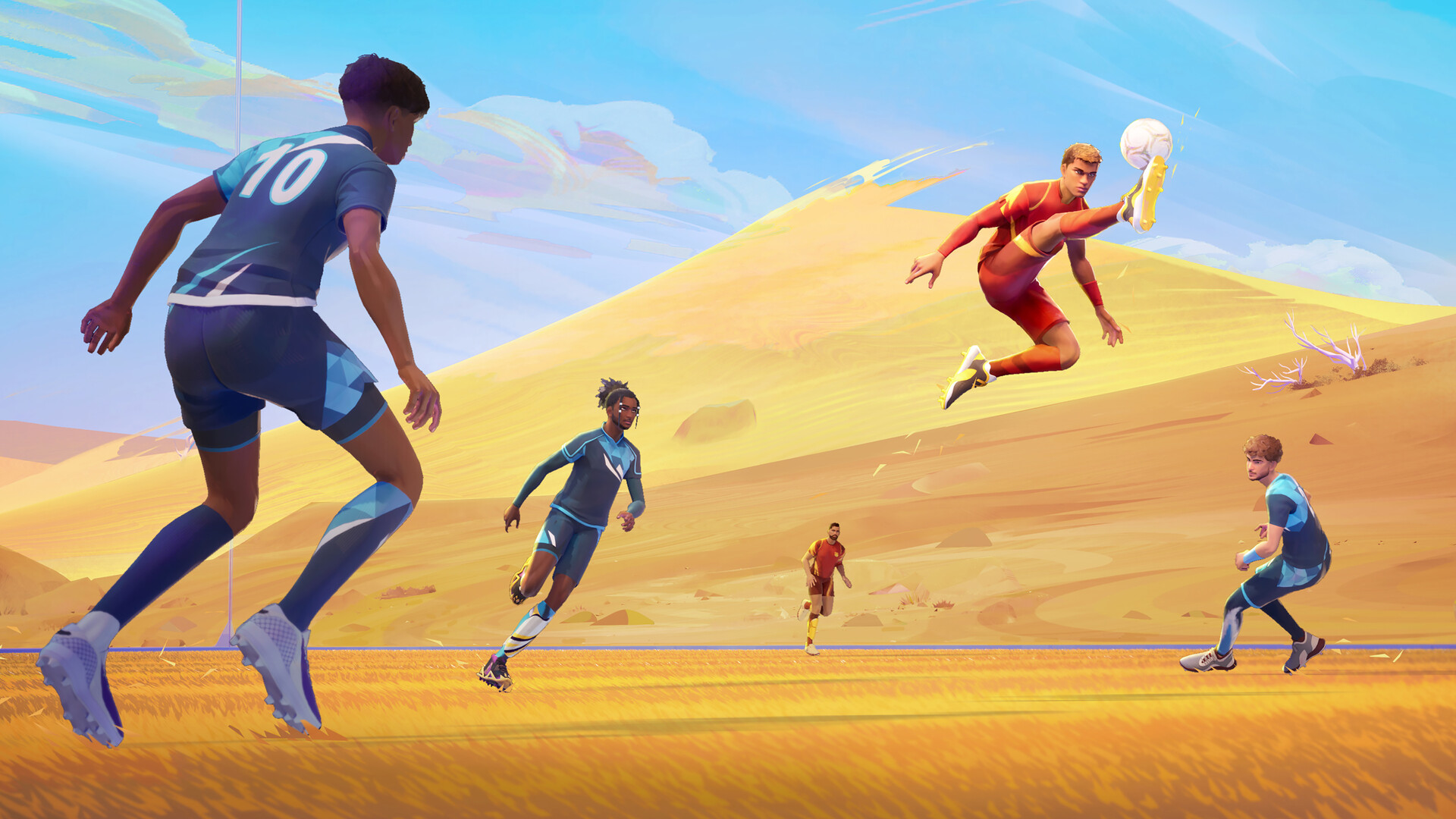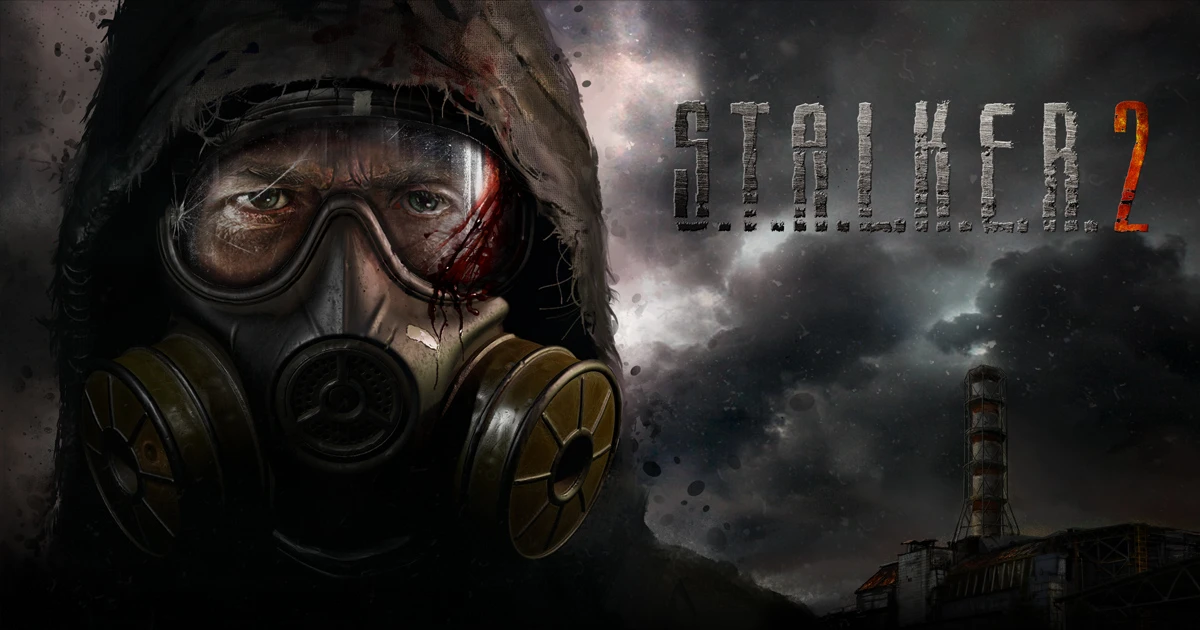Popular Now
Introduction
Sloclap’s Rematch, a fast-paced, one-player-per-team action soccer game, burst onto the scene in June 2025 with fresh energy and high expectations. Yet, within days of launch, two movement exploits—dolphin flopping and player levitation—began to tarnish the competitive integrity. This article examines in detail how these exploits emerged, how Sloclap responded, and why managing emergent mechanics is critical for maintaining a fair, skill-based esport environment.
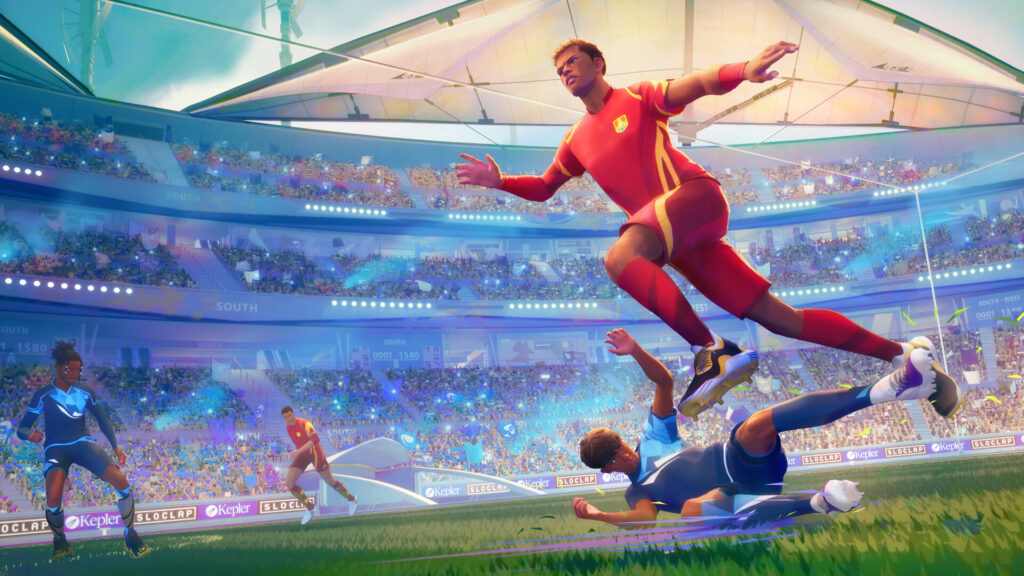
1. Emergence of Dolphin Flopping: Exploit Meets Gameplay
Why It Happened
The dive recovery window was too small, allowing consecutive dives with negligible delay.
Amplified by Spotlight
As streams showcased the exploit, new players felt compelled to learn it or risk being outpaced.
2. Player Levitation: From Wall Lobs to Hover Glitch
Mechanics Behind the Levitation
A quirk in the ball-physics misaligned character position upward when volley impacts stacked.
Meta Consequence
Levitation breaks the grounded nature of the game, creating visual chaos and immunity.
3. Community Reaction: Creativity or Cheating?
Pro-Exploit Arguments
Fans of emergent gameplay saw these mechanics as high-skill discoveries.
Integrity Concerns
Competitive players said it broke the intended design and balance of the game.
4. Sloclap’s Official Response: Patch Philosophy Under Pressure
Developer Transparency
Sloclap explained their fixes and commitment to fair play via devblogs.
Hotfix Tradeoffs
Legitimate dive mechanics were impacted, requiring careful follow-up tuning.
5. Aftermath: Meta Shifts and Community Adjustment
Meta Recalibration
Pacing shifted back to passing and positioning after the patch.
Grassroots Learning Curves
Players who relied on exploits had to relearn fundamentals.
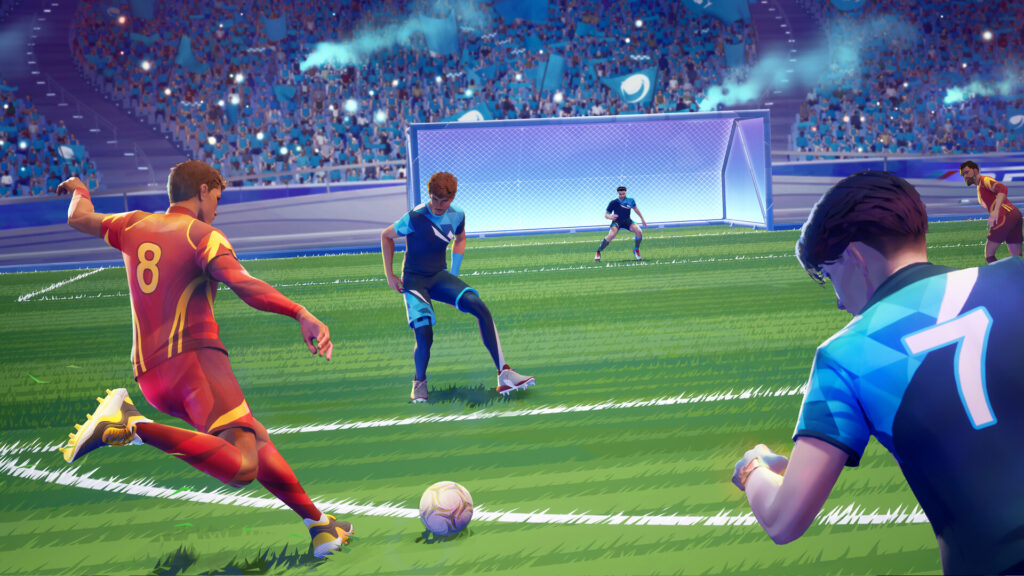
6. Technical Roots: Why Sloclap Underestimated Exploit Risks
Origins in Combat Design
Sloclap's background in fighting games made them more tolerant of emergent tech.
QA Overlook
Diving and volley systems weren’t tested in large-scale online matches.
7. Broader Impact: Exploits vs Esports Aspirations
Esports Fragility
Competitive formats demand rule consistency and predictability.
Policy Signal
Patching showed developers are committed to maintaining balance.
8. Community Solutions: Modded Rules and Custom Tournaments
Unofficial Governance
Tournaments began banning exploits through community-enforced rules.
Tournament Tiering
Invite-only leagues used curated meta rules for balance.
9. Sloclap’s Ongoing Pledge: Monitoring Emergent Tech
Transparent Rule Evolution
Developers publish ongoing blogs explaining what is and isn’t allowed.
Emergent Mechanic Policy
They welcome creativity—but only within design and fairness limits.
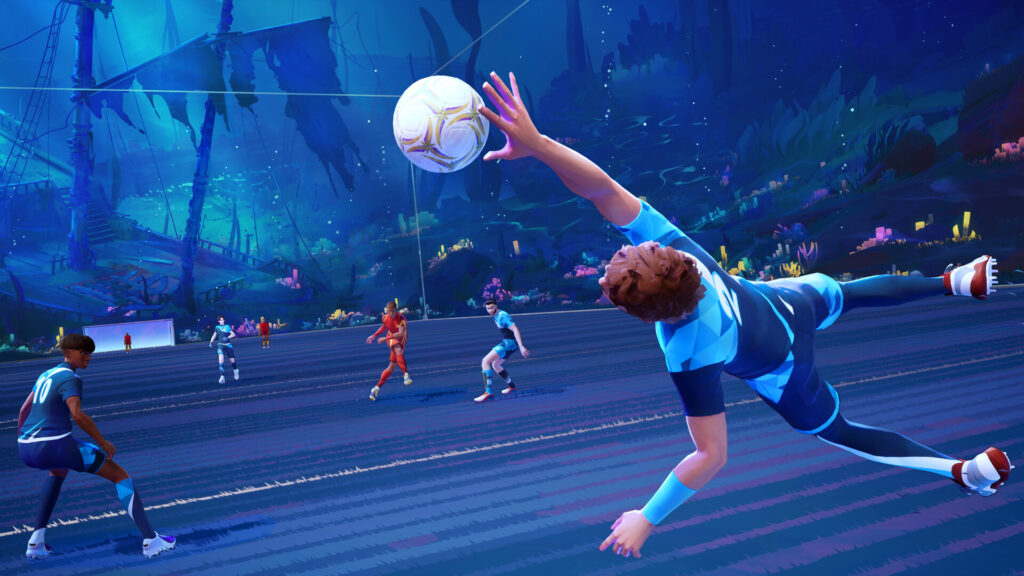
10. What’s Next: Balancing Emergence, Innovation, and Fairness
Design Suggestions
Introduce stamina cost for chained dives
Add toggles for exploit tracking in custom lobbies
Community Legacy
Rematch could become a gold standard for emergent but fair sports gameplay.
Conclusion
Rematch’s rise was fueled by innovation and feedback—but the dolphin flopping and levitation exploits revealed that without balance, even creativity becomes a problem. Sloclap’s quick action and transparent decisions have helped rebuild trust, but they’ll need continued vigilance to ensure Rematch thrives as both a game and a competitive sport.











